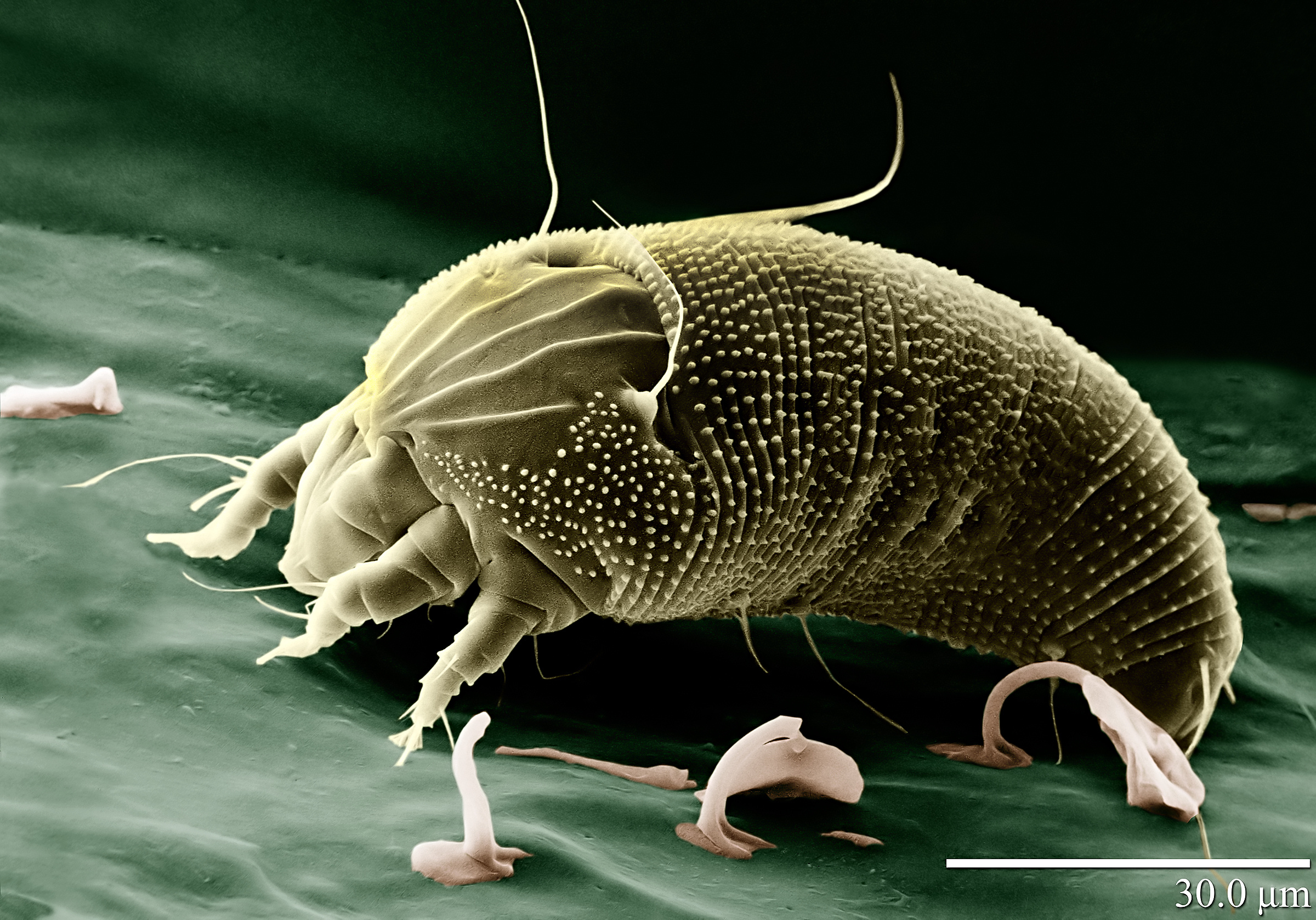|
Aculops Ailanthii
''Aculops ailanthii'', the Ailanthus leafcurl mite, is a species of eriophyid mite that infects trees-of-heaven ('' Ailanthus altissima''). Very little is known about this species. ''A. ailanthii'' has been proposed as a potential biocontrol alongside ailanthus webworms and mimosa wilt ('' Fusarium oxysporum'') in North America, where ''Ailanthus'' is a severe invasive. Identification Infections by this species can be found by the changes it makes to the leaves of ''A. altissima''. Compared to healthy leaves, leaves infected by ''A. ailanthii'' have somewhat undercurled, wrinkled and somewhat glossier. This can be difficult to detect compared to the conspicuous galls made by many other members of Eriophyidae Eriophyidae is a family of more than 200 genera of mites, which live as plant parasites, commonly causing galls or other damage to the plant tissues and hence known as gall mites. About 3,600 species have been described, but this is probably l ..., possibly contributing ... [...More Info...] [...Related Items...] OR: [Wikipedia] [Google] [Baidu] |
Ailanthus Altissima
''Ailanthus altissima'' , commonly known as tree of heaven, ailanthus, varnish tree, or in Chinese as ''chouchun'' (), is a deciduous tree in the family Simaroubaceae. It is native to northeast and central China, and Taiwan. Unlike other members of the genus ''Ailanthus'', it is found in temperate climates rather than the tropics. The tree grows rapidly, and is capable of reaching heights of in 25 years. While the species rarely lives more than 50 years, some specimens exceed 100 years of age. Its suckering ability allows this tree to clone itself indefinitely. It is considered a noxious weed and vigorous invasive species, and one of the worst invasive plant species in Europe and North America. In 21st-century North America, the invasiveness of the species has been compounded by its harboring of the also destructive and invasive spotted lanternfly. Description ''A. altissima'' is a medium-sized tree that reaches heights between with a diameter at breast height of ... [...More Info...] [...Related Items...] OR: [Wikipedia] [Google] [Baidu] |
Ailanthus Webworm
The ailanthus webworm (''Atteva aurea'') is an ermine moth now found commonly in the United States. It was formerly known under the scientific name ''Atteva punctella'' (see Taxonomy section). This small, very colorful moth resembles a true bug or beetle when not in flight, but in flight it resembles a wasp. Host plants The ailanthus webworm is thought to be native to South Florida and the American tropics (south to Costa Rica), which were the habitat of its original larval host plants: the paradise tree (''Simarouba glauca'') and ''Simarouba amara''. Another tree called tree-of-heaven, (''Ailanthus altissima''), originally from China, has been widely introduced into landscapes and invaded into natural areas where ''Atteva aurea'' has been able to adapt to this new host plant, giving rise to its common name, the "ailanthus webworm". ''Ailanthus'', common name "tree of heaven", is considered an invasive species, although it is still sold by nurseries as a yard plant, mainly becau ... [...More Info...] [...Related Items...] OR: [Wikipedia] [Google] [Baidu] |
Fusarium Oxysporum
''Fusarium oxysporum'' (Schlecht as emended by Snyder and Hansen), an ascomycete fungus, comprises all the species, varieties and forms recognized by Wollenweber and Reinking within an infrageneric grouping called section Elegans. It is part of the family Nectriaceae. Although their predominant role in native soils may be as harmless or even beneficial plant endophytes or soil saprophytes, many strains within the ''F. oxysporum'' complex are soil borne pathogens of plants, especially in agricultural settings. Taxonomy While the species, as defined by Snyder and Hansen, has been widely accepted for more than 50 years, more recent work indicates this taxon is actually a genetically heterogeneous polytypic morphospecies, whose strains represent some of the most abundant and widespread microbes of the global soil microflora. Genome The ' family of transposable elements was first discovered by Daboussi ''et al.'', 1992 in several ''formae speciales'' and Davière ''et al.'', 2001 ... [...More Info...] [...Related Items...] OR: [Wikipedia] [Google] [Baidu] |
Eriophyidae
Eriophyidae is a family of more than 200 genera of mites, which live as plant parasites, commonly causing galls or other damage to the plant tissues and hence known as gall mites. About 3,600 species have been described, but this is probably less than 10% of the actual number existing in this poorly researched family. They are microscopic mites and are yellow to pinkish white to purplish in color. The mites are worm like, and have only two pairs of legs. Their primary method of population spread is by wind. They affect a wide range of plants, and several are major pest species causing substantial economic damage to crops. Some species, however, are used as biological agents to control weeds and invasive plant species. Notable species Notable species in this family include: *''Abacarus hystrix'', the cereal rust mite *'' Abacarus sacchari'', the sugarcane rust mite *'' Acalitus essigi'', the redberry mite, which affects blackberries *''Aceria chondrillae'', the chondrilla gall ... [...More Info...] [...Related Items...] OR: [Wikipedia] [Google] [Baidu] |
Animals Described In 1997
Animals are multicellular, eukaryotic organisms in the biological kingdom Animalia. With few exceptions, animals consume organic material, breathe oxygen, are able to move, can reproduce sexually, and go through an ontogenetic stage in which their body consists of a hollow sphere of cells, the blastula, during embryonic development. Over 1.5 million living animal species have been described—of which around 1 million are insects—but it has been estimated there are over 7 million animal species in total. Animals range in length from to . They have complex interactions with each other and their environments, forming intricate food webs. The scientific study of animals is known as zoology. Most living animal species are in Bilateria, a clade whose members have a bilaterally symmetric body plan. The Bilateria include the protostomes, containing animals such as nematodes, arthropods, flatworms, annelids and molluscs, and the deuterostomes, containing the echinoderms and ... [...More Info...] [...Related Items...] OR: [Wikipedia] [Google] [Baidu] |



